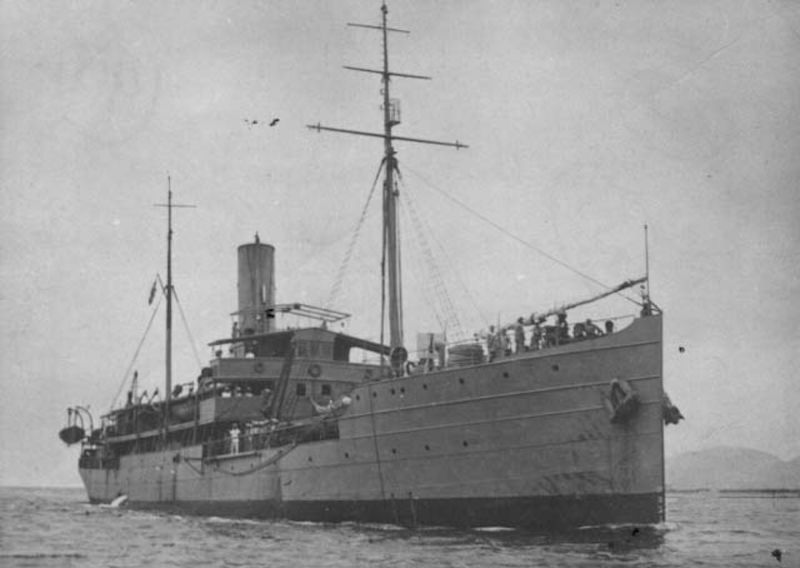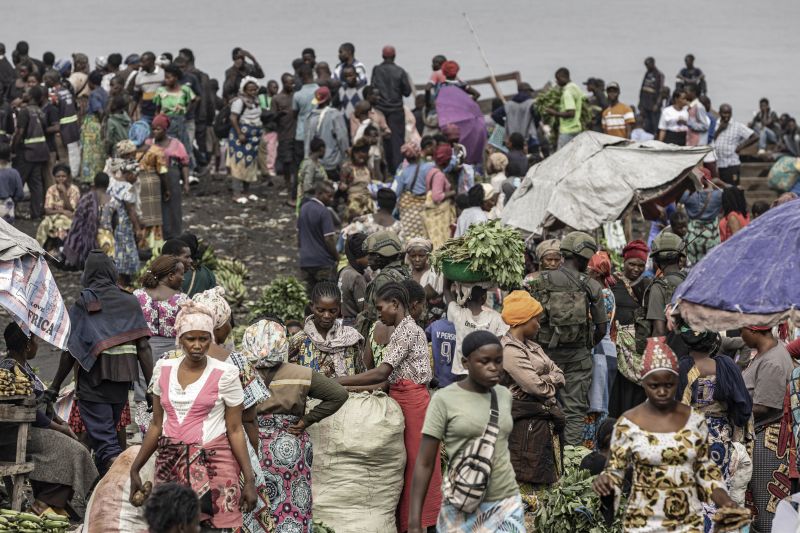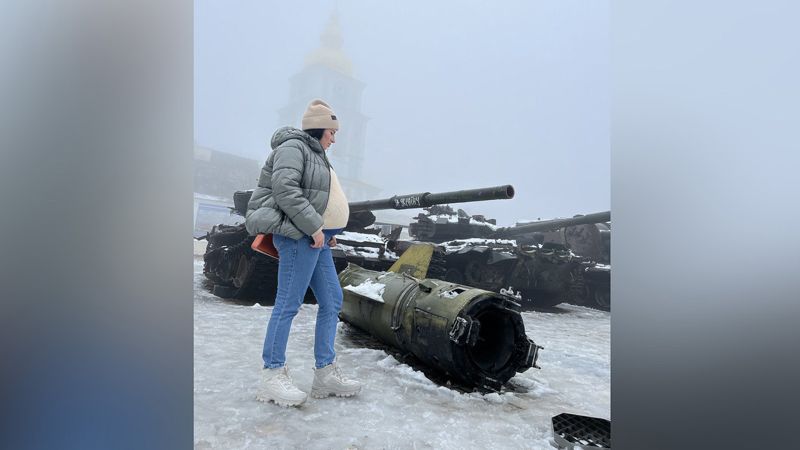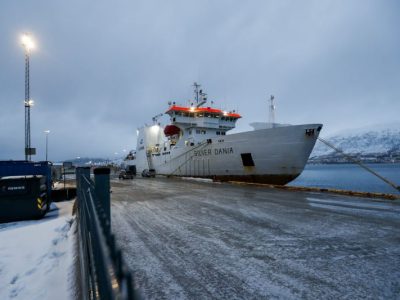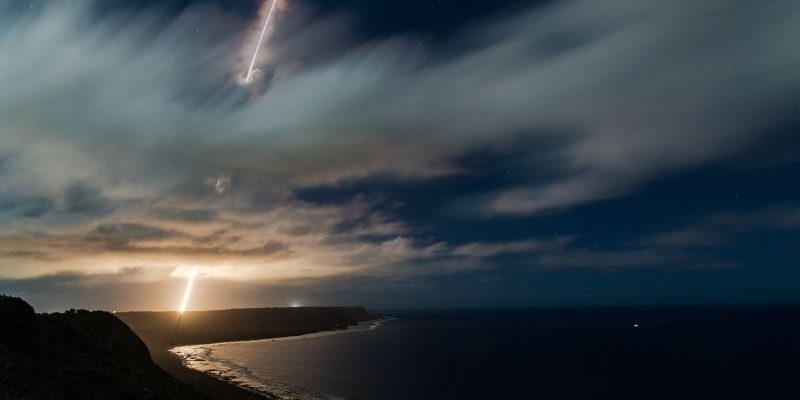
President Donald Trump has called for an expansive, next-generation missile defense shield for the mainland United States, something modeled on Israel’s formidable defenses, typified by its signature Iron Dome system.
A defensive dome for the US – a country hundreds of times the size of Israel – would require massive scale, as well as space-based interceptors, and almost certainly be decades away.
Yet on the piece of US soil perhaps most vulnerable to missile attacks – the Pacific island of Guam – work is well underway on the kind of multi-layered missile defense that could point the way.
However, experts say even that faces steep challenges.
“There are no fast or panacea solutions, and we are making the decisions late in the game even though visionary military and political leaders saw this coming in the 1990s,” said Carl Schuster, a former director of operations at the US Pacific Command’s Joint Intelligence Center.
Guam’s early success
The US territory of Guam, a 210-square-mile island in the Pacific Ocean, is home to just under 175,000 people. It also hosts Andersen Air Force Base – a key deployment base for US Air Force bombers such as the B-1 and B-52 and sometimes the stealthy B-2 – and is homeport to US nuclear attack submarines that could be vital in any defense of Taiwan.
The island is less than 1,900 miles (3,000 kilometers) from China (PRC) and 2,100 miles from North Korea. Mockups of it have shown up in China’s military propaganda videos, and North Korea has made threats against it.
But the US military has not stood still, advancing its ability to defend against regional threats.
Just last December, the US Missile Defense Agency (MDA) conducted the first successful intercept of a ballistic missile target from the island using the Aegis Guam System, which fired a land-based interceptor of the type that US Navy ships have used to destroy ballistic missile targets in testing.
“Current forces are capable of defending Guam against today’s North Korean ballistic missile threats. However, the regional threat to Guam, including those from PRC, continues to rapidly evolve,” the MDA’s director for operations, Michelle Atkinson, said in 2023.
In the December test, a US Air Force C-17 plane released a medium-range ballistic missile target off Guam’s coast. After the target was tracked by powerful radar, an interceptor was fired from a Vertical Launch System on the island, taking it out outside Earth’s atmosphere, according to releases by MDA and Lockheed Martin, the manufacturer of the Aegis system on Guam.
It was a “a critical milestone in the defense of Guam and the region,” said US Navy Rear Adm. Greg Huffman, commander, Joint Task Force-Micronesia.
But the intercept test went beyond the land-based Aegis system, with other military elements testing systems that would form key parts of the multi-layered concept Trump would like to see.
That’s something akin to what Israel fields, a four-tiered system often lumped under the “Iron Dome” moniker, after its best-known and lowest layer. While the Iron Dome combats incoming rockets and artillery weapons, David’s Sling protects against short- and medium-range threats, and the Arrow 2 and Arrow 3 systems stop ballistic missiles.
In a nod to a similarly layered defensive structure, US Indo-Pacific Command said it used December’s intercept to test tracking capabilities of the US Army’s Terminal High Altitude Area Defense (THAAD) system based on Guam.
THAAD is designed to stop incoming missiles in their terminal, or descent, phase of flight, while Aegis makes its intercept in the mid-course phase, outside Earth’s atmosphere, before the missiles dive on their target.
The US military also employs Patriot missile batteries, designed to make much lower-altitude intercepts, as the final phase of Guam’s defense. Both the THAAD and Patriot systems have been successfully used in combat.
All three – Aegis, THAAD and Patriot – will eventually form what is called the Enhanced Integrated Air and Missile Defense System (EIAMD) on Guam, which the MDA says will provide “360-degree coverage, and layered defense against regional ballistic, maneuvering ballistic, hypersonic glide, and cruise missile threats.”
That system would also rely on input from US satellites and space-based sensors, according to the MDA, inching it closer to Trump’s missile defense vision.
Difficult challenges
But the timeline for full Guam missile defense – expected to take at least a decade to put together – is indicative of the challenges in constructing any system to fight ballistic and hypersonic glide missiles. That’s not helped by constant technological advances in missile technology, which often evolves more quickly than ways to defend against it.
And Trump’s concept of a next-generation missile defense for the continental US goes well beyond what is still years away on Guam, an island about 10 times the size of Manhattan.
In his executive order, Trump said he would “direct (the US) military to begin construction of the great Iron Dome missile defense shield, which will be made all in the USA,” as the US faces a “catastrophic threat” from ballistic, cruise and hypersonic missiles.
His ambitious executive order called for an acceleration in “the development and deployment of Hypersonic and Ballistic Tracking Space Sensor Layers, proliferated space-based interceptors, a Proliferated Warfighter Space Architecture, capabilities to defeat salvoes prior to launch, non-kinetic missile defense capabilities, and underlayer and terminal-phase intercept capabilities.”
Trump’s order does not give any estimate of the costs of such a system, but several hundreds of billions of dollars would probably be a conservative estimate.
“The costs of reliably defending an area the size of the United States against a wide variety of threats at multiple different intercept points would be astronomical,” said Matt Korda, associate director of the Nuclear Information Project at the Federation of American Scientists.
And as far as money goes, the advantage goes to the attacker.
“Offense is cheaper than defense every single time,” Korda said.
Even if US technology can develop and deploy all that Trump is asking for, impregnable missile defense could still prove impossible.
Though it is touted by many as the world’s best missile defense, attacks by Iran last year showed that the Iron Done is far from unbeatable, with projectiles fired by Tehran and Houthi rebels landing in Israel.
Iran achieved that by firing large numbers of weapons at Israel. While many of the around 180 missiles launched were intercepted, some got through. Missile defense experts have long pointed out that’s one way to beat any missile defense system.
Schuster, a former US Navy captain who worked on the Aegis missile defense system in its early days, said missile defenses can be “saturated,” pointing out that the incoming ballistic missile knows where it’s going, but the interceptors have to be directed to their target.
“You can only guide so many (interceptors) at any one time while the ballistic missile has an internal guidance system,” Schuster said.
The problem for defenders becomes more difficult once warheads with “maneuverable reentry vehicles” – which can change directions after they reenter the atmosphere and approach targets from different directions – are added. Both China and Russia have such capabilities.
“A target coming directly at you is the easiest to intercept. The greater the lateral displacement from that, the more challenging the intercept equation,” Schuster said.
Adversaries can compound that problem by firing decoy missiles, which distract from more important targets – which if they involve nuclear warheads, could do catastrophic damage.
The long road ahead
Of course, all that comes into play once a system is actually deployed.
And, according to Schuster, the biggest stumbling block for Trump’s shield plan could be a US production and procurement system that has been neglected – despite the early successes demonstrated on Guam.
“Our production rates are criminally low in my opinion,” he said. “We have been asleep at the switch … for over a decade.”
And it’s not just a manufacturing infrastructure problem, it’s also the limited knowledge and skills to produce them, Schuster said.
“We are going to have to invest in both plant, which we do well, and people, which we don’t do well.”

